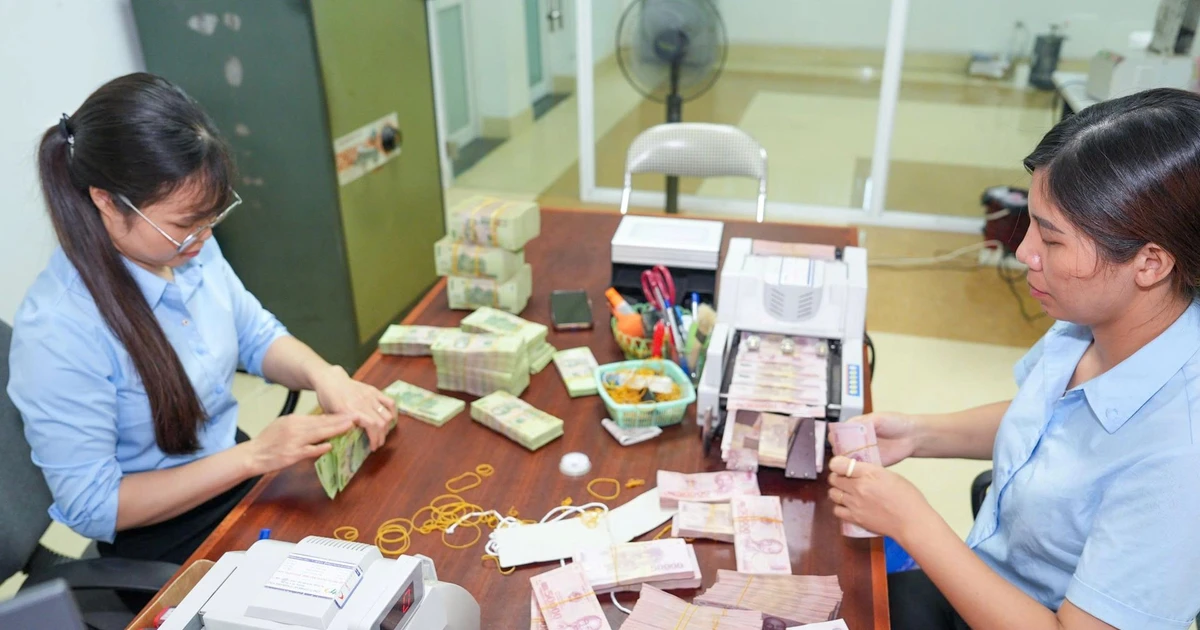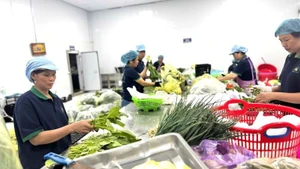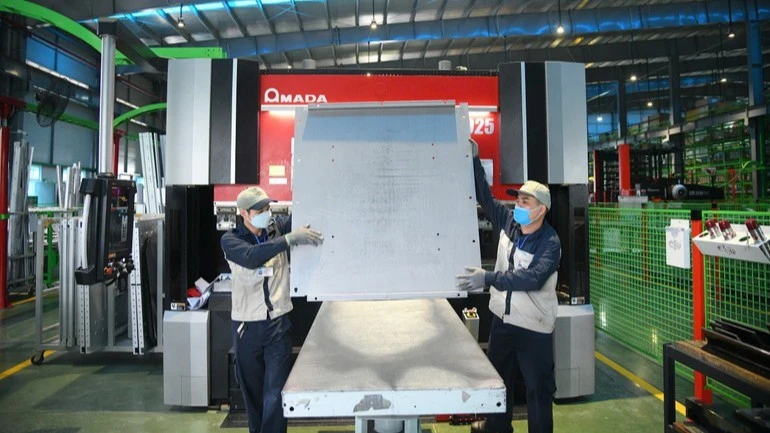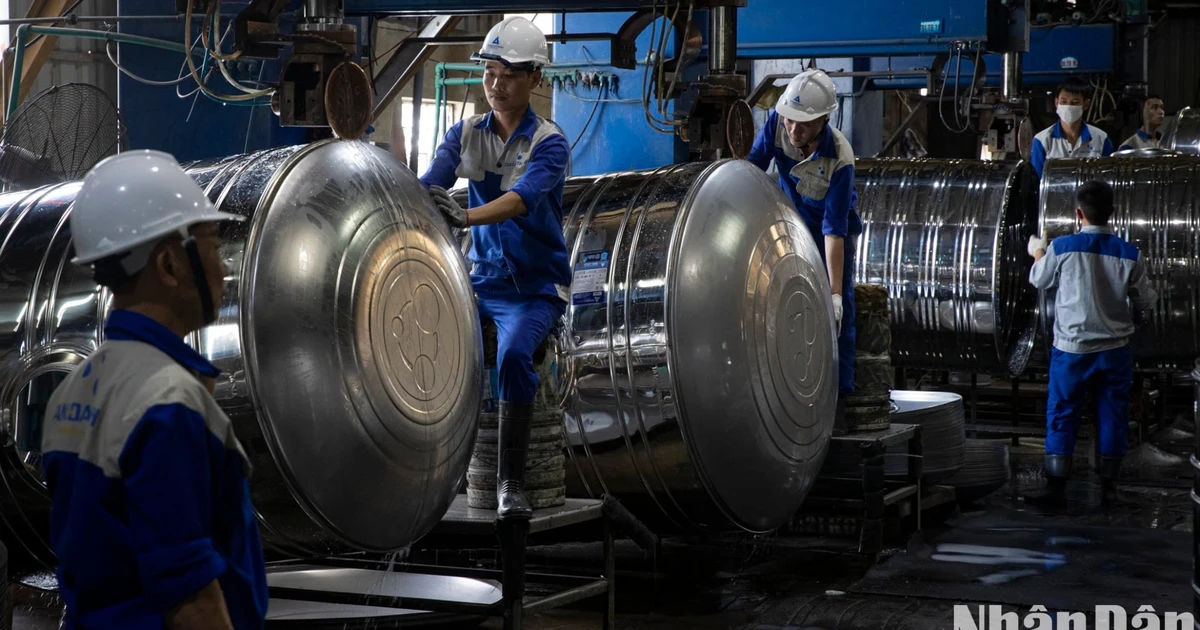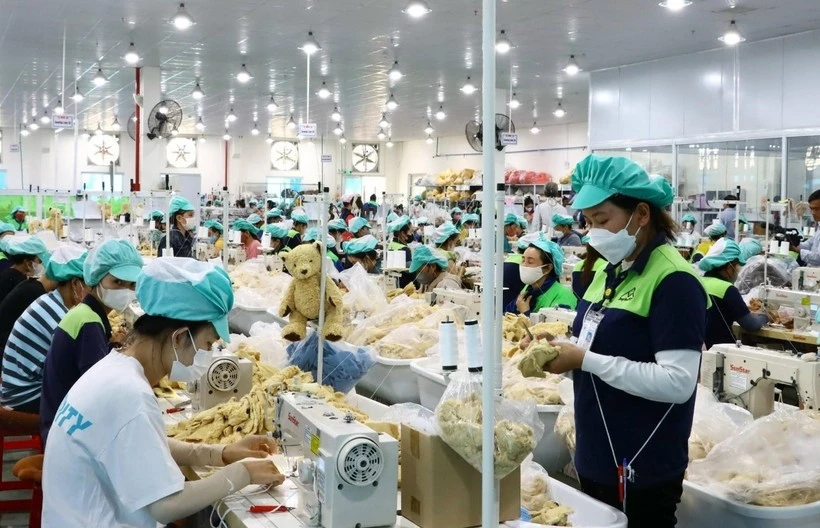On September 17, the Fed lowered its policy rate by 0.25 percentage points to 4–4.25% — its first cut since late 2024 — and projected further reductions in its October and December 2025 meetings to counter the risk of a weakening labour market, even though inflation remains above target.
According to Nguyen Quang Huy, CEO of the Faculty of Banking and Finance at Nguyen Trai University, even at 25 basis points, the Fed’s decision signals a turning point after the longest tightening cycle in decades.
“This is not just a technical adjustment but reflects two major messages. First, the Fed is now giving more weight to growth risks in the US economy than to inflation. Second, global capital costs are beginning to soften, signalling shifts in capital flow, risk appetite, and the reallocation of financial resources,” Huy observed.
Assessing the impact on Viet Nam, he noted: “A weaker US dollar translates into significantly reduced pressure on the Vietnamese dong. This is a key advantage, as a stable VND/USD exchange rate not only lowers the burden on imports (such as fuel and raw materials) but also strengthens the confidence of international investors in Viet Nam’s macroeconomic stability.”
Lower US bond yields, he explained, will push capital towards more promising emerging markets. Viet Nam, with its political stability, strategic geo-economic position, and sustainable foreign direct investment (FDI) story, is a natural destination. Two main channels stand to benefit from this development: FDI inflow — further cementing Viet Nam’s role in global supply chains; and foreign indirect investment (FII) — which may flow more strongly into equities and bonds, thereby supporting financial market liquidity.
“As for monetary policy, Viet Nam will have an opportunity to expand its scope for controlled easing. This means the State Bank of Vietnam will not need to maintain high interest rates solely to defend the exchange rate, giving it more room to support credit growth, businesses, and the domestic market,” Huy concluded.
Sharing the same view, Associate Professor Dr Nguyen Huu Huan, Head of the Finance Department at the University of Economics Ho Chi Minh City, noted that the Fed’s rate cut creates room for Viet Nam’s monetary policy. A weaker US dollar eases exchange rate pressure, enabling the State Bank of Viet Nam to maintain lower domestic interest rates — a move that both supports economic growth and ensures stability in the foreign exchange market.
Notably, the Fed has also signalled the possibility of two more rate cuts this year, further strengthening expectations that exchange rate pressures will cool in the medium term.
In its Global Economic Outlook report for the fourth quarter of 2025, the Global Markets and Economic Research Department of UOB Bank (Singapore) forecast that the Fed would carry out three rate cuts this year, of 25 basis points each, during the remaining FOMC meetings (September, October, and December 2025).
“Looking ahead, the Vietnamese dong may not fully benefit from the renewed weakening of the US dollar expected once the Fed begins its rate-cutting cycle. However, overall, we project the USD/VND exchange rate will stand at 26,300 in the fourth quarter of 2025, 26,200 in the first quarter of 2026, 26,100 in the second quarter of 2026, and 26,000 in the third quarter of 2026,” UOB analysts said.
The positive impact of the Fed’s rate cut is also reflected in Viet Nam’s ability to strengthen its foreign exchange reserves and bolster market confidence in an increasingly unpredictable environment.
The benefits ripple further. Equities gain directly from foreign capital inflow, abundant liquidity, and lower interest rates; domestic consumption is boosted by cheaper lending, giving additional impetus to growth driven by the domestic market; and real estate may gradually recover thanks to easing capital costs. Viet Nam’s position as a stable growth haven amid global volatility is also reinforced.
In addition, economists have pointed out that a weaker dollar helps Vietnamese exports retain their competitive edge against regional rivals. Public debt and corporate borrowers in US dollar also benefit from lower financial costs — a crucial plus, as it frees up resources for development investment rather than debt servicing.
“However, this advantage will only be sustainable if demand from the US and Europe does not decline sharply. In other words, Viet Nam may benefit from prices, but still depends on demand prospects,” Huy noted.
At the same time, a more favourable international backdrop gives Viet Nam greater policy flexibility, but it remains essential to uphold the goal of price stability to maintain investor and public confidence. Monetary policy, he stressed, must be closely coordinated with fiscal measures (public spending and infrastructure investment) to turn external opportunities into drivers of sustainable domestic growth.
“If the Fed cuts rates because the US faces recession, Viet Nam’s exports will inevitably suffer from weaker demand. ‘Hot money’ flows may also reverse if the global environment becomes unstable. Therefore, Viet Nam must remain vigilant and avoid an overly relaxed approach to monetary easing, as macroeconomic stability is the strategic foundation for long-term growth,” Huy cautioned.
The Fed’s rate cut presents a golden opportunity for Viet Nam, but the benefits will only prove truly sustainable if the country takes proactive measures: maintaining macroeconomic stability to attract and retain capital; accelerating structural reforms to boost production capacity, advance technology, and expand markets; and ensuring coherent policy coordination as integrating monetary, fiscal, and institutional reforms to transform short-term opportunities into long-term advantages.
